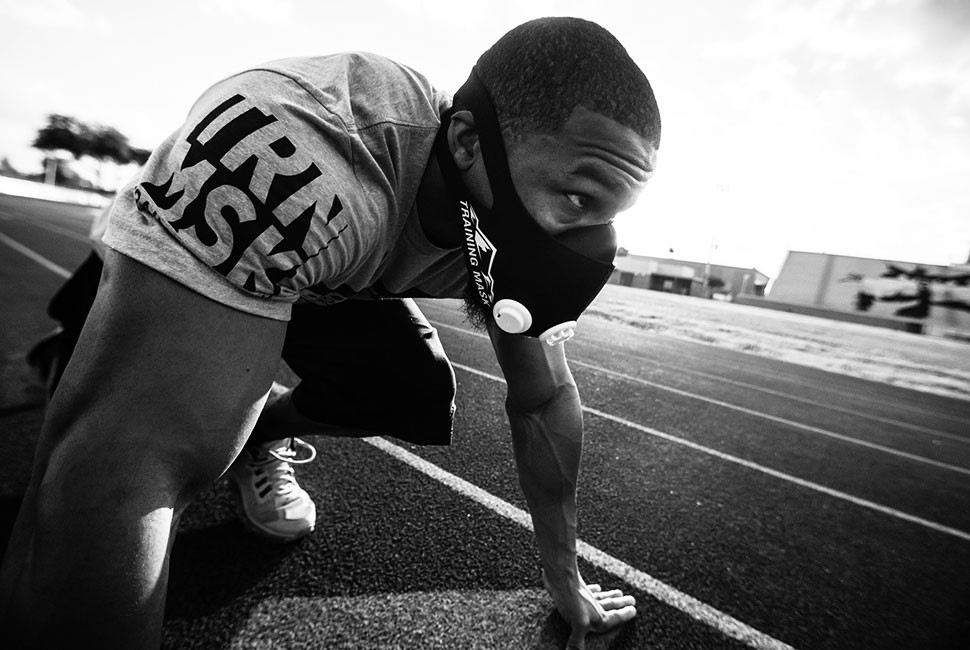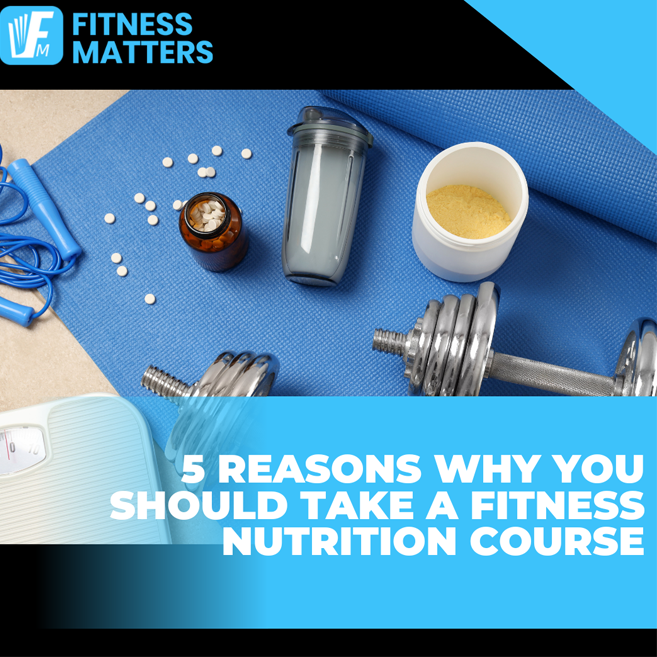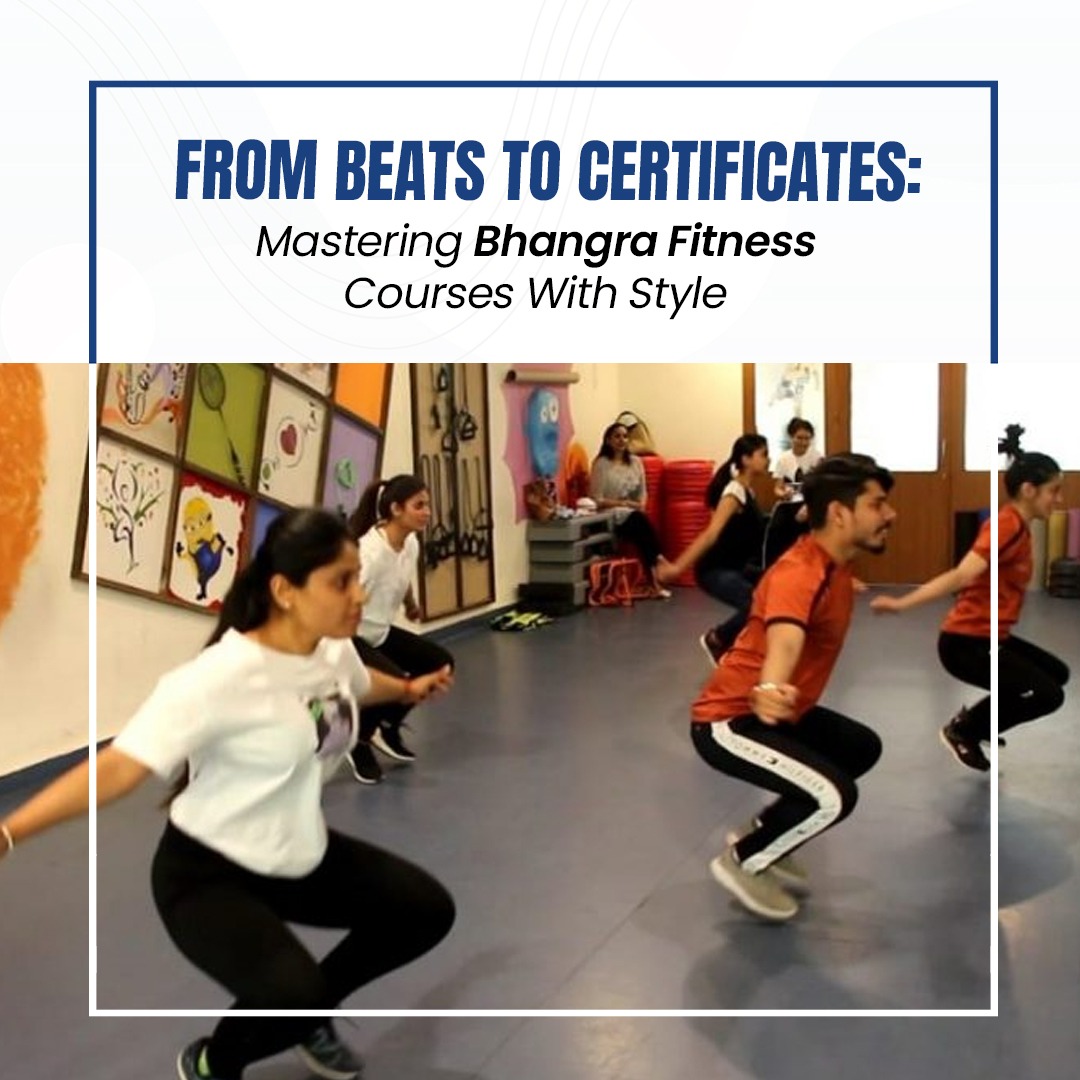
If you love fitness, you must be eagerly waiting for gyms to re-open. As lockdown relaxations are being announced you are gearing up to hit your favourite gym. Are you ready as normal times? You need to re-think about it. With the direction to wear mask every time you step out of the house, are things going to be the same? One-word answer, NO! You’ll have two choices; either continue with your home workouts or make adjustments to your training style to survive during your training in the gym.
Training with mask on is nothing new. You might have heard about or seen athletes using masks during their trainings to mimic the high-altitude environment (where oxygen levels are low as compared to plains). Simply explained, training masks limits the oxygen supply to the body and makes the workout super intense. A well-structured program with mask leads to performance enhancement in athlete’s body when he/she perform without mask where the oxygen supply becomes comparatively high.
Athletes and their bodies have different level of adaptation to trainings. They are way fitter than general population and the mask used is specifically designed for training not to inhibit any virus transfer. In last few days we came across the news of children turning dead while running in school, jogger’s lungs collapsing during a running session. All these events happened when they had their masks on. The reason behind these incidents is not being aware about the changes we need to make to adjust according to current situation. Wearing a mask at rest is fine, as our heart and lungs don’t need to put an extra work to supply the blood & oxygen the body needs. But as soon as we get into any physical activity be it jogging, running or weight lifting, our body’s demand for blood & oxygen gets higher and if these demands are not met the person could faint or even die. When we breathe in the air, our lungs separate the O2 for use and CO2 for removal (exhale). During any physical activity our body breathes at higher rate (inhalation & exhalation occurs rapidly) as compared to when we are at rest, and because of the mask the CO2 exhaled takes time to get away from the body and within that time frame we are onto our next breath unfortunately inhaling some amount of CO2 exhaled. This leads to higher concentration of CO2 in body leading to shortness of breath, increase in heart-rate & blood pressure, unconsciousness and could lead to death if the activity is continued for longer duration.
Now we know what wearing a mask during exercise/physical activity could lead to. Let’s see what changes we can make to keep our workouts safe.
1. Intensity: The biggest changes that will take place will be the intensities we train at. As discussed, mask inhibits the oxygen supply. More the intensity more is the oxygen required. Start at very low intensity and bring a gradual increase till a point where you can still breathe comfortably. Keep the intensity same until your body starts adapting to the training style. People with any medical condition which may alter the breathing rate e.g. Asthma should give priority to home workouts where no mask is required.
e.g. Using a stationary bike instead of treadmill, choose jogging over running when exercising outside. Participate in more of bodyweight/light resistance functional movements like squats, push-ups, pull-ups etc.
2. Warm up & Cool down phases: The importance of these phases has been generally ignored during normal conditions, but there is no margin to ignore these in current situation. Warm-ups prepare the body for actual workout, bringing a rise in the body temperature, increasing the blood flow to the muscles, reduce the risk of injury, helps in reaching actual intensity of workout in a gradual way.
e.g. warm ups can include dynamic stretching (low-intensity joint movements), foam rolling or simply mimicking the actual workout movements at lower intensity.
Cool down after a workout is as important as warm up before workout, bringing bodily functions back to normal or pre-exercise stage in a gradual way. It is also important for clearing the metabolic waste products like lactic acid, CO2 produced during workout through different reactions taking place in body.
e.g. static stretching, walking, foam rolling (for resistance workouts)
Time period for both phases will be more than in normal conditions as the body will need more time to adjust.
3. Type of exercise: Aerobic or Anaerobic? Choosing a type of exercise will also be an important factor here. Aerobic activities are the exercises performed where the oxygen’s supply to the body meets its demand. On other hand Anaerobic activities are the exercises where oxygen demand of the body is not met. Choosing Aerobic over Anaerobic in current situation can be counted safer.
e.g. cycling, jogging, swimming, dancing can be included in aerobic exercises and for anaerobic activities we have HIIT, sprinting, plyometric etc. to choose from.
4. Hydration: Hydration factor will always be as important as any other factor under any given condition. There are no. of ways body loses its water weight; sweating, urinating and breathing. Fluid intake will depend on a person’s bodyweight, workout duration & intensity, water weight lost during exercise session. General recommendations are to intake around 5-6 mL/kg of bodyweight 2-4 hours prior to exercise and post exercise consumption should be around 1.5L/kg of bodyweight lost during a session (ACSM). Fluid intake during a session or otherwise can be judged according to thirst. Outside environment will also be a decisive factor for fluid intake.
5. Other adjustments: There might be more changes you need to make to adjust your trainings at a comfortable and safe level. These changes may depend on your fitness level, lifestyle or any health condition. Consult your physician before participating in any type of physical activity under these conditions.
e.g. Asthma, Hypertension (High Blood Pressure), any Heart disease etc.
Gym owners, trainers and clients all need to understand the changes we need to make to keep the workouts safe.
*Suggestion: Do not rush, keep things simple and stick to basics. Focus more on maintenance rather than forcing yourself for progressions in this scenario.
- fitnessmatters
- May 24, 2022
- 5:32 pm
- No Comments









